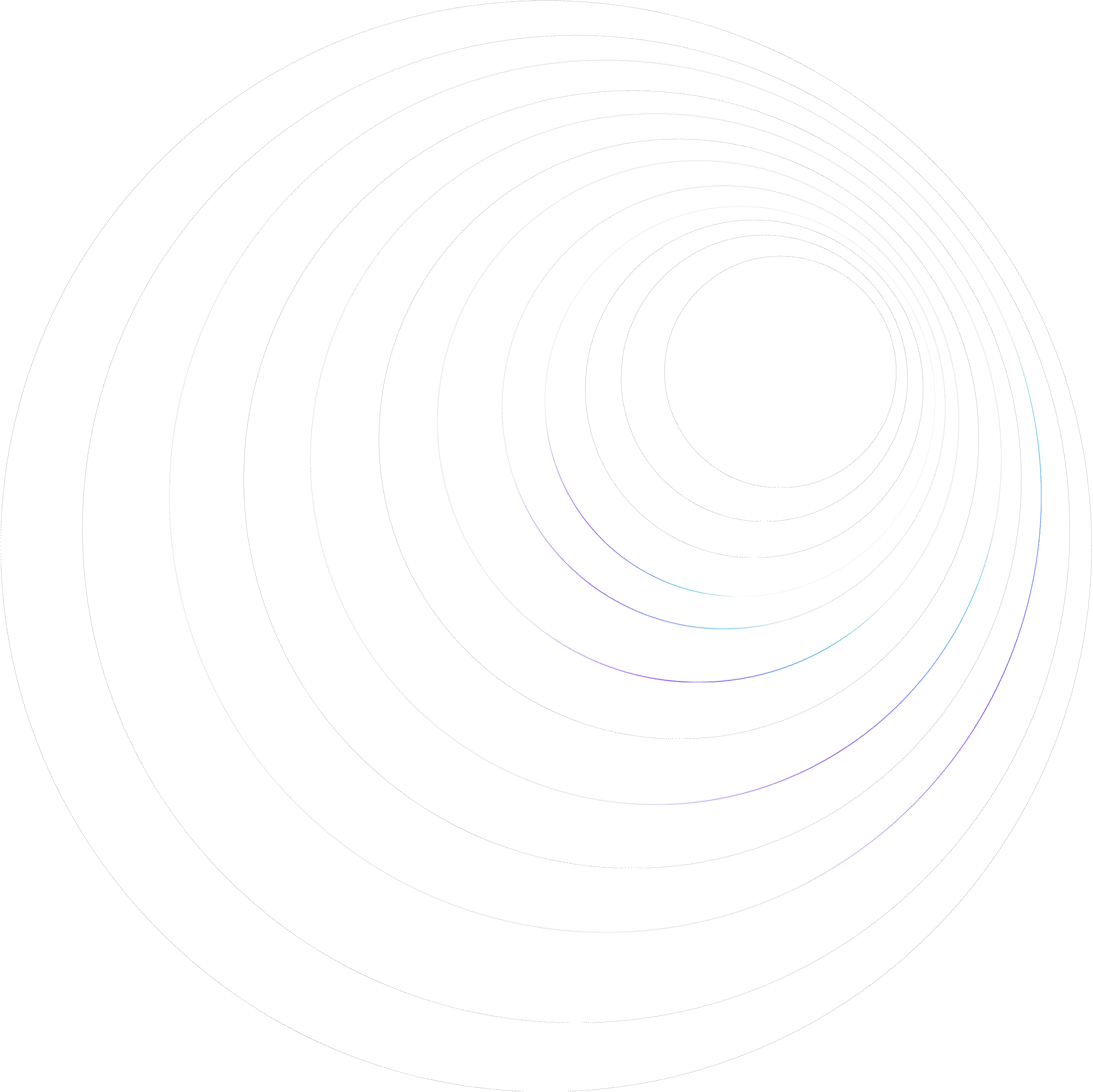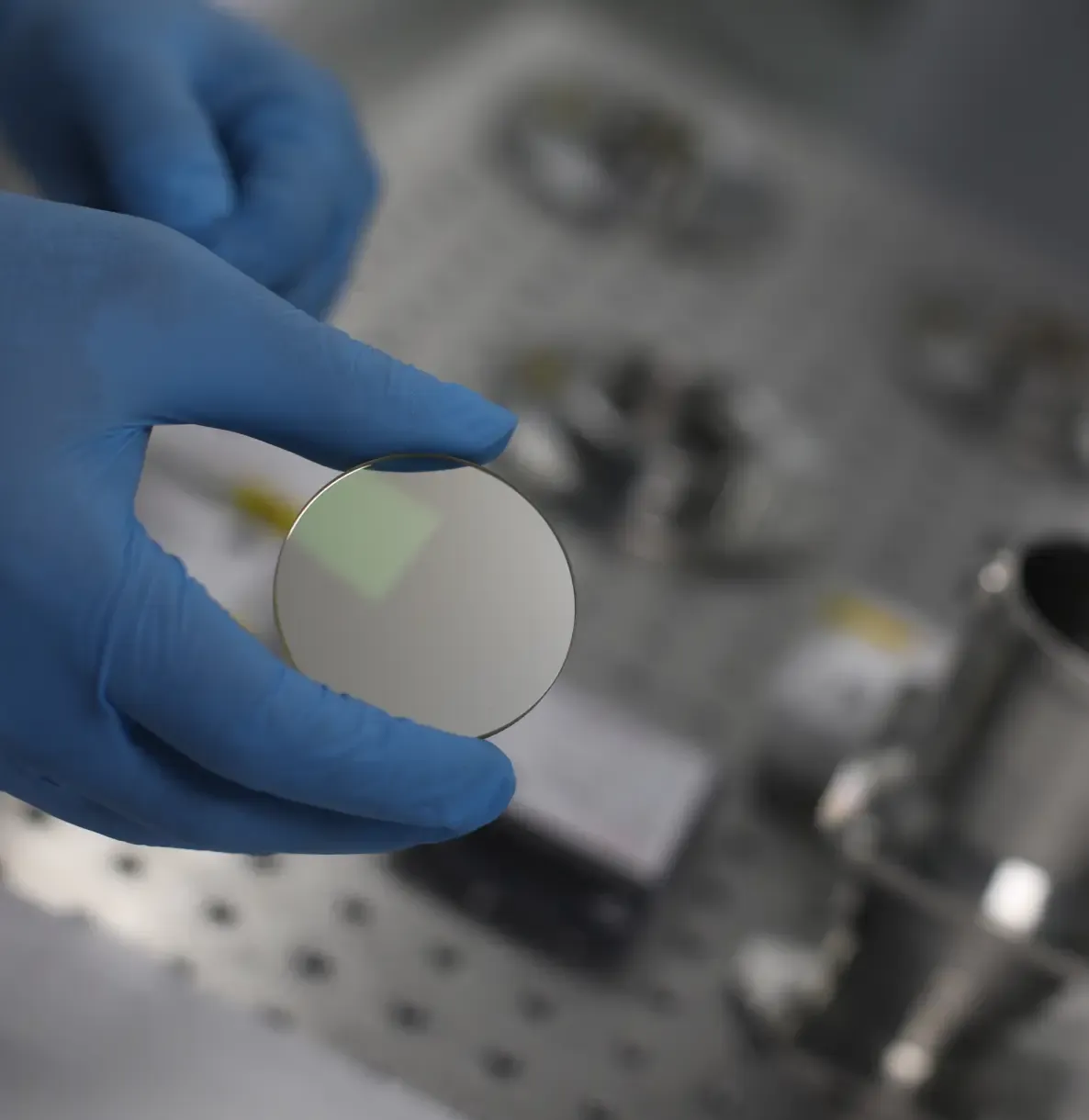Standalone OTA
600mm-class optical tube assemble available for custom integration or system upgrades.

SKYGATE
Ground-based telescope system for persistent orbital imaging & surveillance.
Clarity from
the ground up
Purpose-built for clear and controlled orbital surveillance, the SKYGATE telescope system powers persistent day-and-night visibility. With diffraction-limited optics and cloud-enabled operations, it delivers reliable, real-time tracking and high-res imaging tailored for critical defense and mission needs.
Sharp, distortion-free imaging
Diffraction-limited prime focus design which ensures sharp, high-res imaging (MTF > 50% @157 cycles/mm) with minimal aberration of <5%.

600mm-class optical tube assemble available for custom integration or system upgrades.
A customisable compact unit with weather protection and remote control.
A grouping of 3 telescopes housed in a clamshell dome with an integrated operating system - fully tailored to requirements.

Can be integrated with our proprietary AI/ML model for unmatched precision in object characterisation and orbit determination.

We handle all of design, assembly, testing, and integration to ensure system-level performance and sovereign control.

System is fully configured to mission-specific requirements pertaining to geographic, operational, and observational needs.
SKYGATE in action
This whitepaper explores how variations in neutral density, driven by space weather, impact the orbit prediction of Resident Space Objects (RSOs) in Low-Earth Orbit (LEO). It evaluates the accuracy of Digantara’s proprietary orbit propagator, OrEng, through a testing framework described in the paper. Four atmospheric neutral density models - NRLMSISE-00, NRLMSIS2.0, JB2008, and WAM-IPE - were employed to assess OrEng's performance across a spectrum of Space Weather events.
This whitepaper explores Digantara's robust pipeline for Initial Orbit Determination (IOD), Orbit Propagation (OP), and ephemeris generation. Central to these capabilities is our proprietary tool, OrEng, which plays a critical role in accurately identifying, tracking, and predicting Resident Space Objects (RSOs) in orbit. The whitepaper also presents a case study conducted at the company to assess the precision and accuracy of OrEng. For this study, the satellite Sentinel-3A (NORAD ID: 41335) was selected. The outcomes from OrEng, including state estimates and covariance, were compared with truth datasets obtained from the International Laser Ranging Service (ILRS).
The Pattern of Life (PoL) characterization of a satellite in Low Earth Orbit (LEO) is an intricate process demanding high fidelity data and robust data processing techniques. The solution to this complicated problem demands a methodology based on multiple perspectives and the ability to process, synthesize and correlate data from multiple sources of varying fidelity. Towards this objective, the current research proposes a dynamic and robust methodology to precisely characterize and synthesize PoL of satellites based on a multi-perspective multi-modal analysis, involving many aspects of a Space Domain Awareness (SDA) technological chain.
